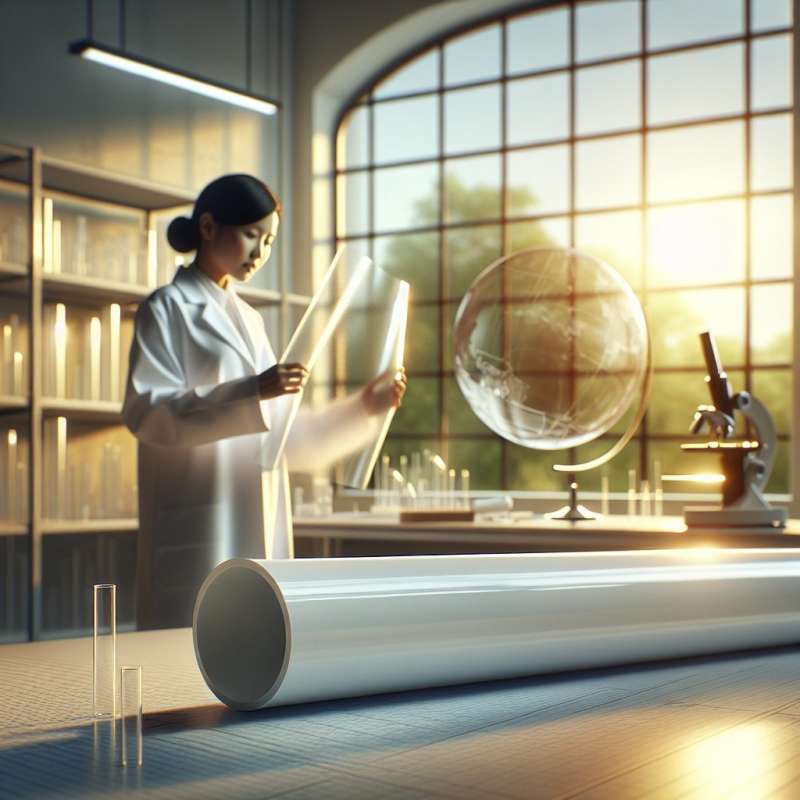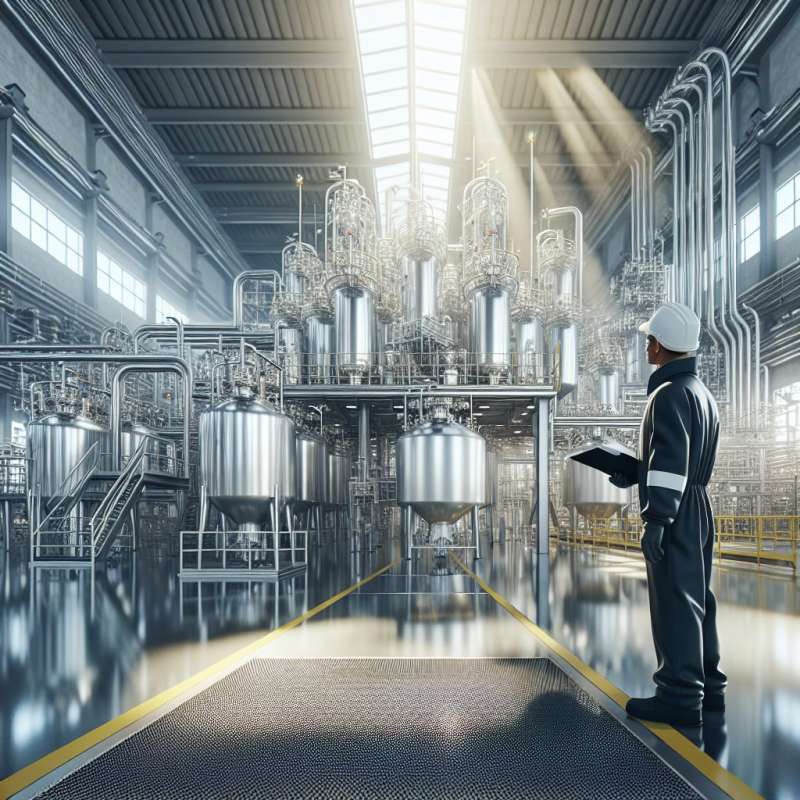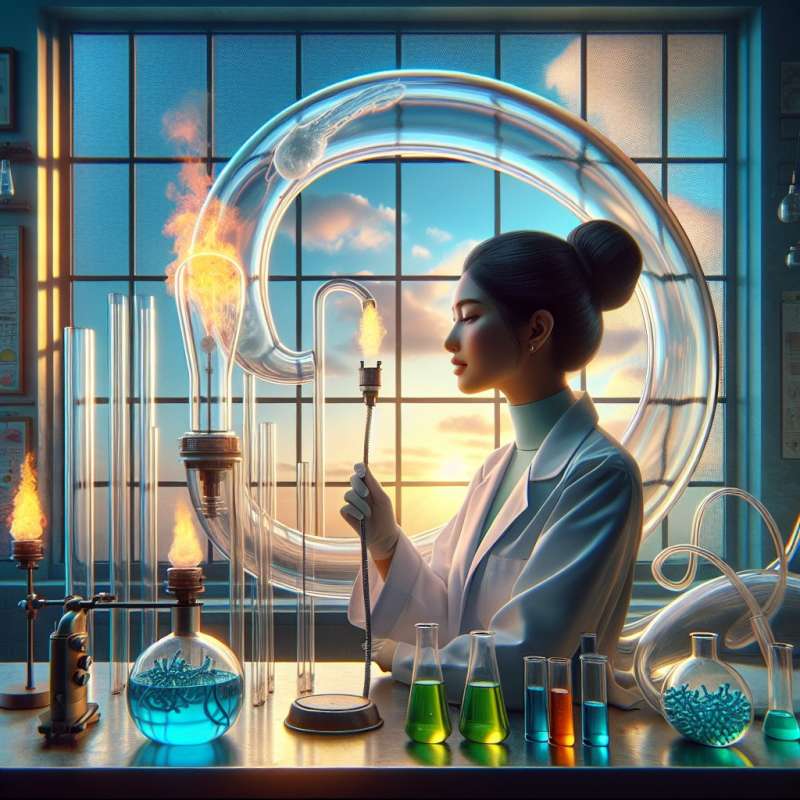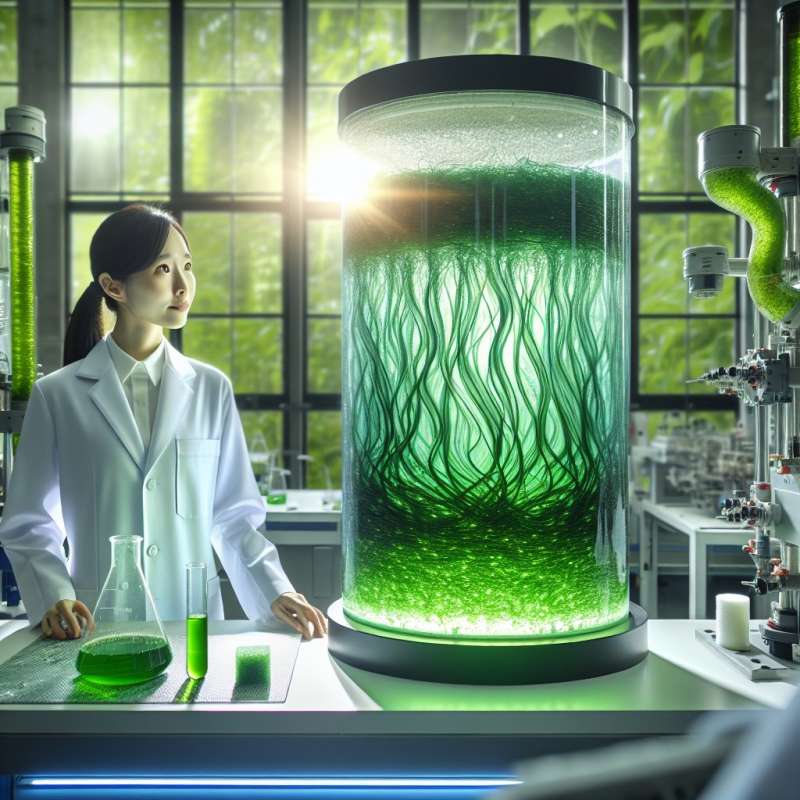
Introduction to Polyvinyl Chloride
Polyvinyl chloride, commonly known as PVC, is a widely used plastic. Its applications range from pipes to clothing, thanks to its versatility and cost-effectiveness.
PVC: History and Discovery
PVC was accidentally discovered twice, first in 1835 by Henri Victor Regnault and later in 1872 by Eugen Baumann. Its practical uses were not realized until the early 20th century.
Manufacturing PVC
PVC is produced through polymerization of vinyl chloride monomer. Two methods are used: suspension and emulsion polymerization, with the former being the most common for its simplicity.
PVC's Unique Properties
PVC is flame resistant, has high chemical stability, and offers excellent electrical insulation. These properties make it valuable in construction, healthcare, and electronics.
Environmental Impact of PVC
PVC's durability is a double-edged sword. While beneficial for long product lifespans, it poses significant environmental challenges due to its resistance to biodegradation.
Recycling and PVC
PVC is recyclable and can be broken down into microplastics for reuse. However, the process is complex due to the presence of various additives.
Innovations in PVC Production
Bio-based PVC is an emerging development, where ethylene is sourced from renewable materials. This innovation aims to reduce the environmental footprint of PVC production.
What is PVC commonly known for?
Versatility and cost-effectiveness
Biodegradability and eco-friendliness
Natural rubber alternative
Company